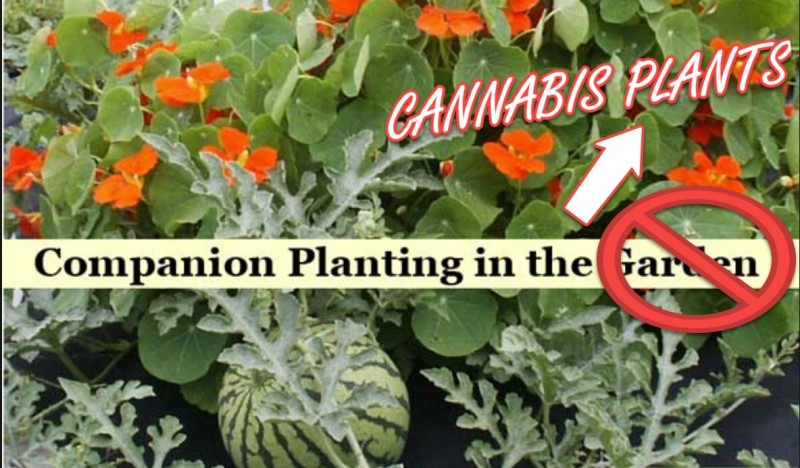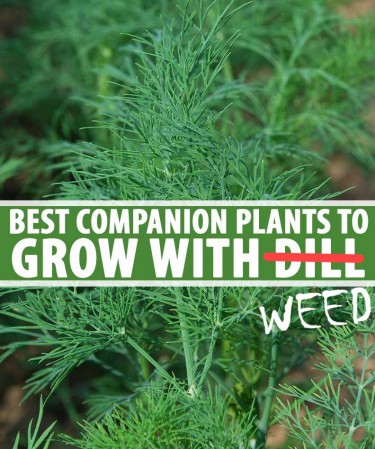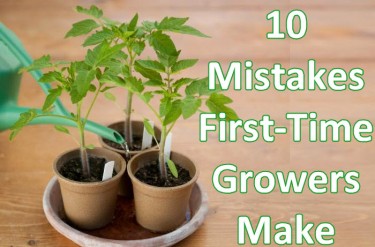Your Guide To Companion Planting For Cannabis
Companion Planting for your Cannabis Plants from CannabisNet on Vimeo.
Companion planting is a gardening technique that cannabis growers also apply in order to enhance and maximize the growth of cannabis plants. It involves the strategic use of other vegetables, herbs, fruits, and flowers alongside cannabis plants to improve the environment it grows in. The primary advantage of companion planting is the fact that it’s a tried and tested technique and one that’s also inexpensive.
Companion planting is an aspect of permaculture, a style of farming that works by mimicking the ecosystems and patterns of the natural world to improve agricultural productivity. Permaculture involves creating agricultural systems that integrate both renewable and natural resources into the garden or farm design. The byproducts of permaculture are reduced waste, energy efficiency, natural integration, and sustainable farming among many others.
Many farmers, cannabis or otherwise, use companion planting as a means of naturally and safely eliminating pests, improving soil quality, and enhancing nutrient uptake. However, for companion planting to be effective, the complementary plants must be placed close together so that each plant can benefit from one another without the need to compete for resources such as water and root space.
Benefits of Companion Planting
Camouflage: Growing your own medicine is still a hazy issue, so it’s in the best interest of many farmers and home growers to do what they can to keep their cannabis plants away from unwanted eyes. Using tall and leafy companion plants such as bamboo, willow trees, okra, and honeysuckle can give your cannabis the nourishment it needs while offering protection from pests. Fragrant flowers and herbs such as lavender, basil, mint, and jasmine can also help you conceal the smell of cannabis.
Nourishment: Certain companion plants improve the overall health of your cannabis plants. Some of these include borage, chickweed, clover, and alfalfa. These plants fertilize the soil and are a much safer alternative to harmful, harsh chemicals. Nitrogen-rich companion plants also nourish the soil and improve plant growth by enabling minerals to travel from root to plant more effectively.
Greater yields: If you want to enjoy a bigger yield, you’re not confined to only using fertilizers or other forms of soil amendments. A companion plant, particularly oregano, does an excellent job in improving cannabis yields. Others, such as stinging nettle, yarrow, and chamomile stimulate more oil production which helps make sure that by the time of harvest, you’ll be gifted with a resin-rich plant.
Best Companion Plants For Cannabis
For Pest-Fighting and Protection:
Basil: Basil is the most renowned companion plant among cannabis growers, but it isn’t called the king of herbs for nothing. This useful herb is beneficial not just in your kitchen, but in your garden too. Its prowess in delivering a versatile range of benefits for cannabis makes it the most widely used companion plant. If you aren’t sure about companion planting or are only starting out with cannabis grows, you can’t go wrong with basil even if you’re using a hydroponic grow. The strong scent of basil makes it effectively camouflage cannabis while repelling aphids, flies, beetles, and thrips. Basil as a companion plant also improves oil and resin production.
Yarrow: Long rooted yarrow is typically used as a garden edge plant, which means that it won’t compete with cannabis for root space. Yarrow is beneficial in repelling many pests while attracting beneficial predators such as aphid lions, lady bugs, hoverflies, and certain kinds of parasitic wasps.
Dill: Dill is a great companion plant for attracting beneficial wasps, honeybees, hoverflies, and more. One of the biggest nuisance to cannabis farmers are spider mites, but these insects abhor dill and will stay away from your plants. Dill is also an effective repellant for squash bugs, aphids, and cabbage loopers.
Lemon balm: Also referred to as Melissa, lemon balm is best known for repelling mosquitoes and gnats. Lemon balm also attracts pollinators. Just make sure that you pluck lemon balms often since they can become invasive and spread at a rapid rate.
Marigold: Marigolds release a chemical into the soil, which helps repel insects such as white flies. This chemical also reaches neighboring plants, which means that it strengthens cannabis plants’ own protection against pests.
Lavender: The beautiful and fragrant lavender flowers attract insects that feed on larvae and useful nectar. Lavender helps repel mice, ticks, and fleas.
Peppermint: The menthol content of peppermint attracts beneficial insects while repelling aphids.
Garlic: This potent herb is a natural fungicide and repels Japanese beetles, root maggots, snails, slugs, aphids, and even certain wild animals.
Coriander: Coriander is a widely popular deterrent used in companion planting. Coriander repels potato beetles, aphids, spider mites and other pests. But corianders attract hoverflies, and is also known for enhancing overall growth of cannabis.
To Increase Productivity
Stinging nettle: An excellent companion plant for improving oil production. Stinging nettle is also known for improving the resin content in cannabis.
Oregano: Helps to increase yield while attracting beneficial insects.
Chamomile: This relaxing plant releases calcium and potassium once it decomposes, which eventually become food for cannabis plants. When cannabis plants feed on these, it enhances stem growth, improves oil production, and releases sulfur.
Have you tried companion planting for your cannabis grow? Share your experience with us in the comments below!
OTHER STORIES YOU MAY ENJOY...
CANNABIS PLANTS FOR YOUR OUTDOOR CANNABIS GROW?
OR...
CANNABIS GROWING MISTAKES, CLICK HERE.
OR..
3 MARIJUANA GROWING MISTAKES, CLICK HERE.










